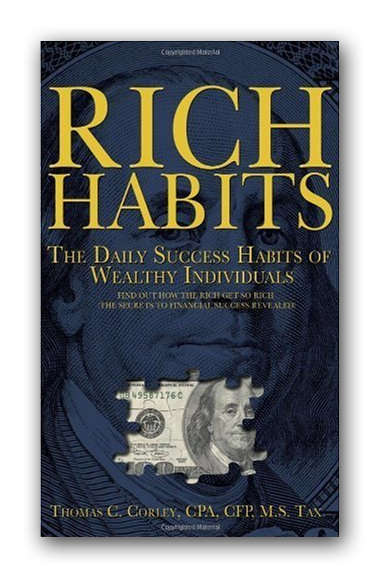
Most people are not aware how much of their lives are dominated by habits. Habits literally control your life. Here’s a list of habits I’ve compiled over the years. This should open up your eyes:
- Family-Related Habits
- Friend-Related Habits
- Culture-Related Habits
- Neighborhood-Related Habits
- Morning Habits
- Afternoon Habits
- Evening Habits
- Bedtime Habits
- Weekend Habits
- Vacation Habits
- Work Habits
- Airport Habits
- Bedroom Habits
- Commuting Habits
- Sleeping Habits
- How Much You Eat Habit
- Exercise Habits
- Sports Preference Habits
- Alcohol Preference Habits
- Talking Habits
- Listening Habits
- Recreational/Leisure Habits
- Smoking Habits
- Emotional Response Habits
- Networking Habits
- Clothing Habits
- Getting Dressed Habits
- Getting Undressed Habits
- Phone Habits
- Returning Phone Calls Habit
- Returning Emails Habit
- Internet Habits
- Social Media Habits
- Texting Habits
- Driving Habits
- Porn Habits
- Sex Habits
- Email Checking Habits
- Checking the Phone Habits
- Shaving Habits
- Cooking Habits
- Food Preference Habits
- Beverage Preference Habits
- Conflict/Argument/Fighting Habits
- Cooking Habits
- TV Habits
- Reading Habits
- Cursing Habit
- Spitting Habit
- Sarcasm Habit
- Chewing Tobacco Habit
- Cigar Habits
- Pot Habit
- Drug Habits
- Bar Preference Habits
- Holiday Habits
- Day of the Week Habits
- Spring Habits
- Summer Habits
- Fall Habits
- Winter Habits
- Introducing Yourself Habit
- Cold/Flu Response Habits
- Homemaking Habits
- Decoration Habits
- Brushing Your Teeth Habit
- Brushing Your Hair Habit
- Going to the Bathroom Habits
- Boredom Habits
- Pre-Habit Habits – The Habitual Things You Do Just Prior To Engaging In a Habit
- Writing Habits
- Penmanship Habits
- Words You Use Habits
- Accent Habits
- Sneezing Habits
- Signature Habit
- Typing Habits
- Daydreaming Habit
- Singing Habit
- Humming Habit
- Hucking Habit
- Blowing Your Nose Habit
- Cracking Your Knuckles Habit
- Music Preference Habits
- Bad Health Habits
- How You Deal With Risk Habits
- Unhealthy Food Eating/Junk Food Habits
- Healthy Food Eating Habits
- Gambling Habits
- Keystone Habits
- Feeling Sad or Down Habits
- Cleaning Habits
- Walking Your Dog Habits
- Mowing Your Lawn Habits
- Racking Your Leaves Habits
- Barbecue Habits
- Organizing Your Clothes Habits
- Organizing Your Closet Habits
- Organizing Your House Habits
- Organizing Your Workspace Habits
- Movie Watching Habits
There are no doubt many more habits, but this is the list I’ve accumulated over the years.
The purpose of this article is to open your eyes. As you can see, there are many things you do that are driven by your habits.







